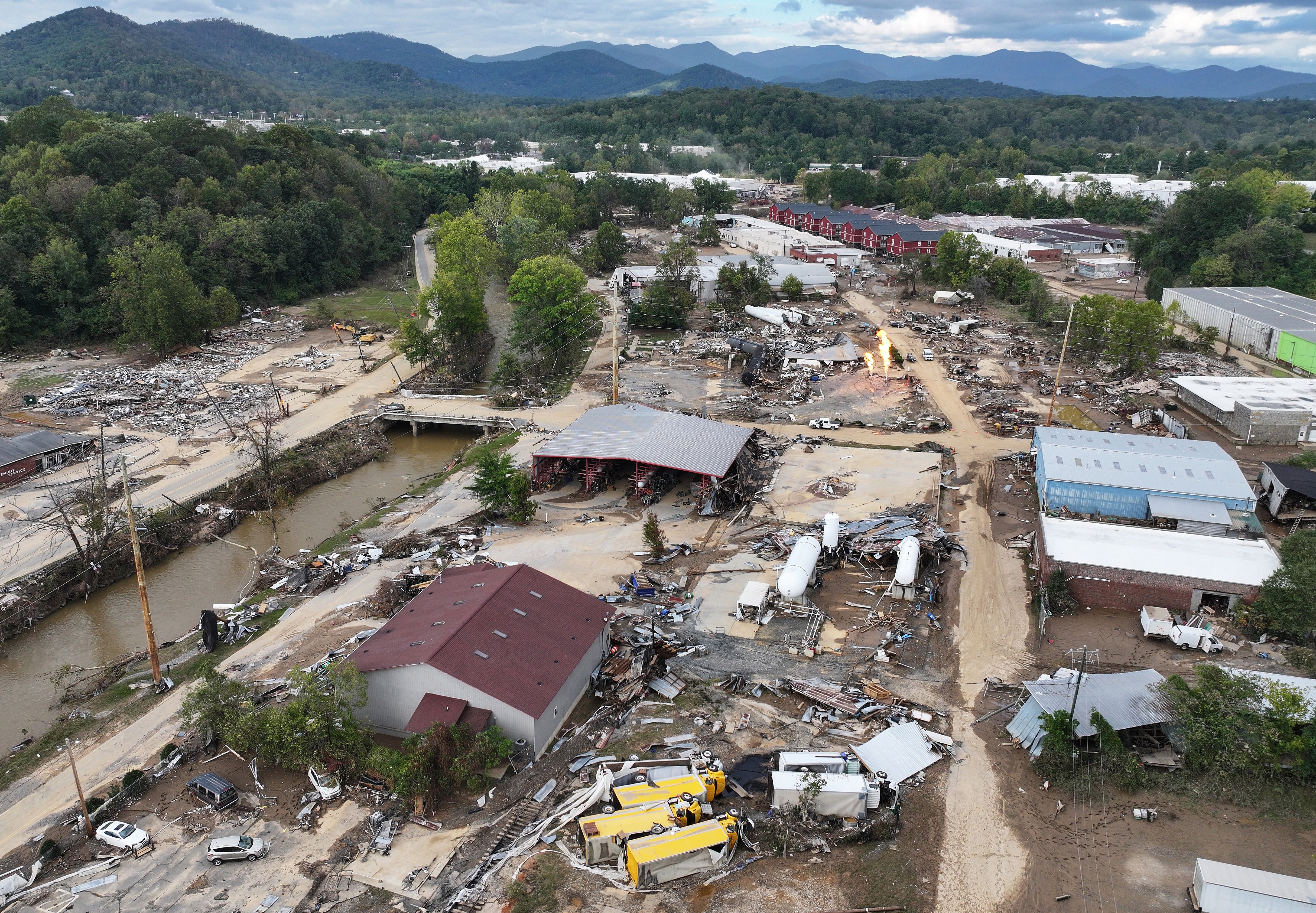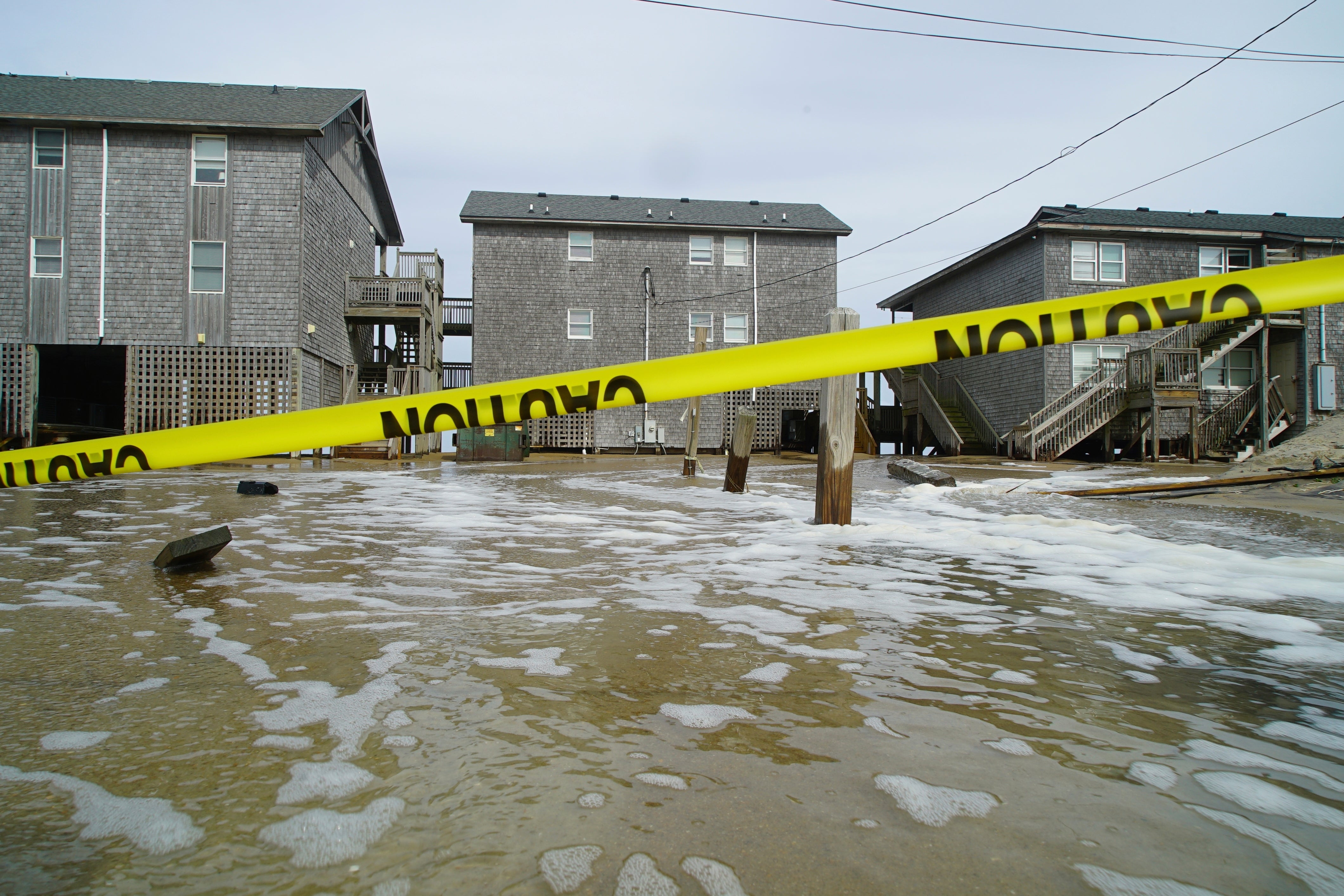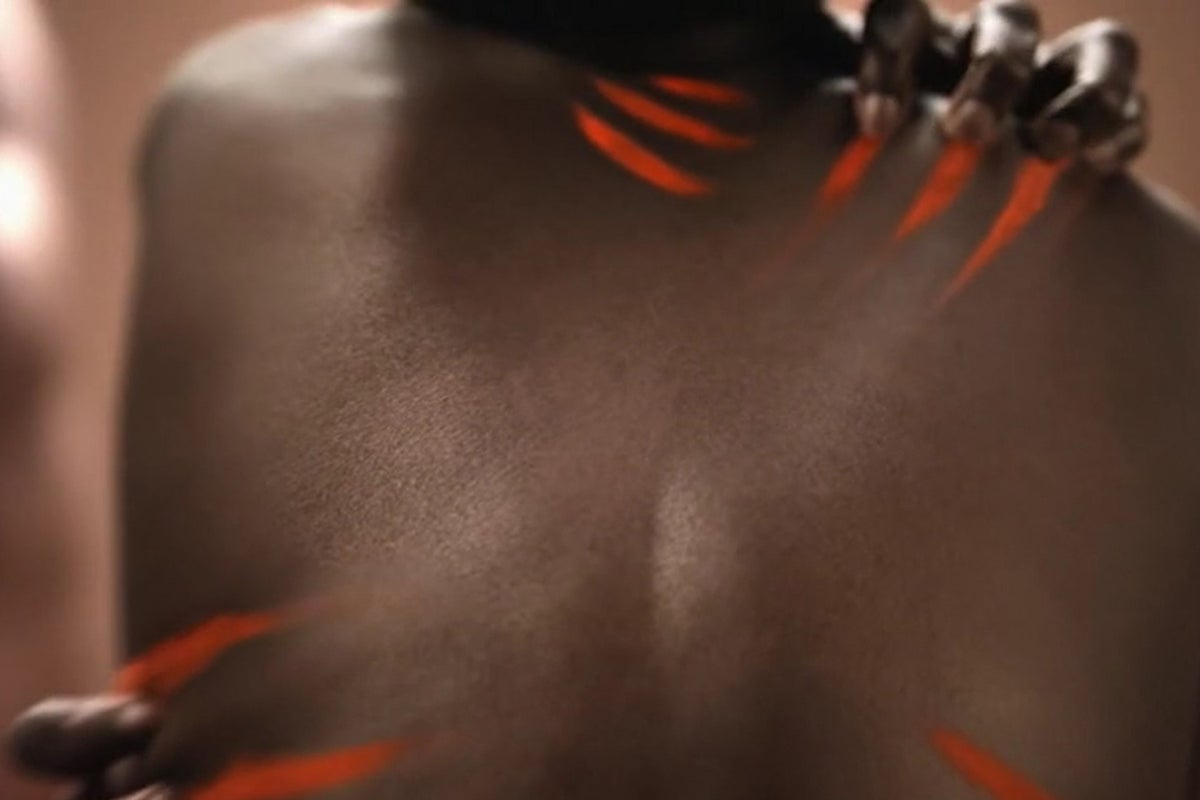NASA is launching a pilot program to harness citizen science for faster hurricane disaster recovery.
The space agency, in collaboration with the Global Learning and Observations to Benefit the Environment (GLOBE) Program, a science and education initiative, is spearheading a new Response Mapper project.
This innovative initiative will utilize photographs submitted by the public, both before and after a disaster, to track ground conditions in affected areas.
Throughout the summer and fall, NASA is actively encouraging public participation in the program, especially from residents in the Southeast, the region most often devastated by tropical storms, hurricanes, and related flooding.
“Your contributions could ultimately help emergency managers make faster and better-informed decisions when it matters most and strengthen your community’s ability to respond and recover from disasters,” NASA said.

These time-stamped and geotagged images will be shared directly with emergency responders, complementing existing data from satellites and field reports, according to the space agency.
Disaster response teams often face challenges when obtaining “clear, localized” information, especially in rural areas, NASA said.
Satellite imagery offers a broad view of hazards but may overlook short-lived impacts due to factors such as cloud cover, timing of the orbit, or data processing delays. Satellites can also overlook finer details that photos taken closer to the ground could capture.
“We’re exploring how citizen science can support disaster response in ways that Earth observation data alone can’t,” said Kristen Okorn, a coordinator for NASA’s Disasters Response Coordination System, in a statement.
“A single photo of land cover, whether it is a flooded street, fallen trees, or even an undamaged area, can offer helpful context.”

Such photos can be combined with other observations to help verify the situation on the ground, determining where cleanup crews are needed or assessing other impacts such as crop losses or potential further threats to public safety.
Citizens can share photos by downloading the GLOBE Observer app on their smartphones and joining the NASA Response Mappers team.
The agency stresses that there is an inherent risk during hurricane season and members of the public should never put themselves in danger to take photos, particularly when collecting data in the midst of or immediately after a severe storm.
Data collection is requested in areas of the south and southeast United States, including the states of Texas, Louisiana, Mississippi, Alabama, Tennessee, Kentucky, Georgia, Florida, North Carolina, South Carolina, and Virginia, as well as Puerto Rico and the U.S. Virgin Islands.





